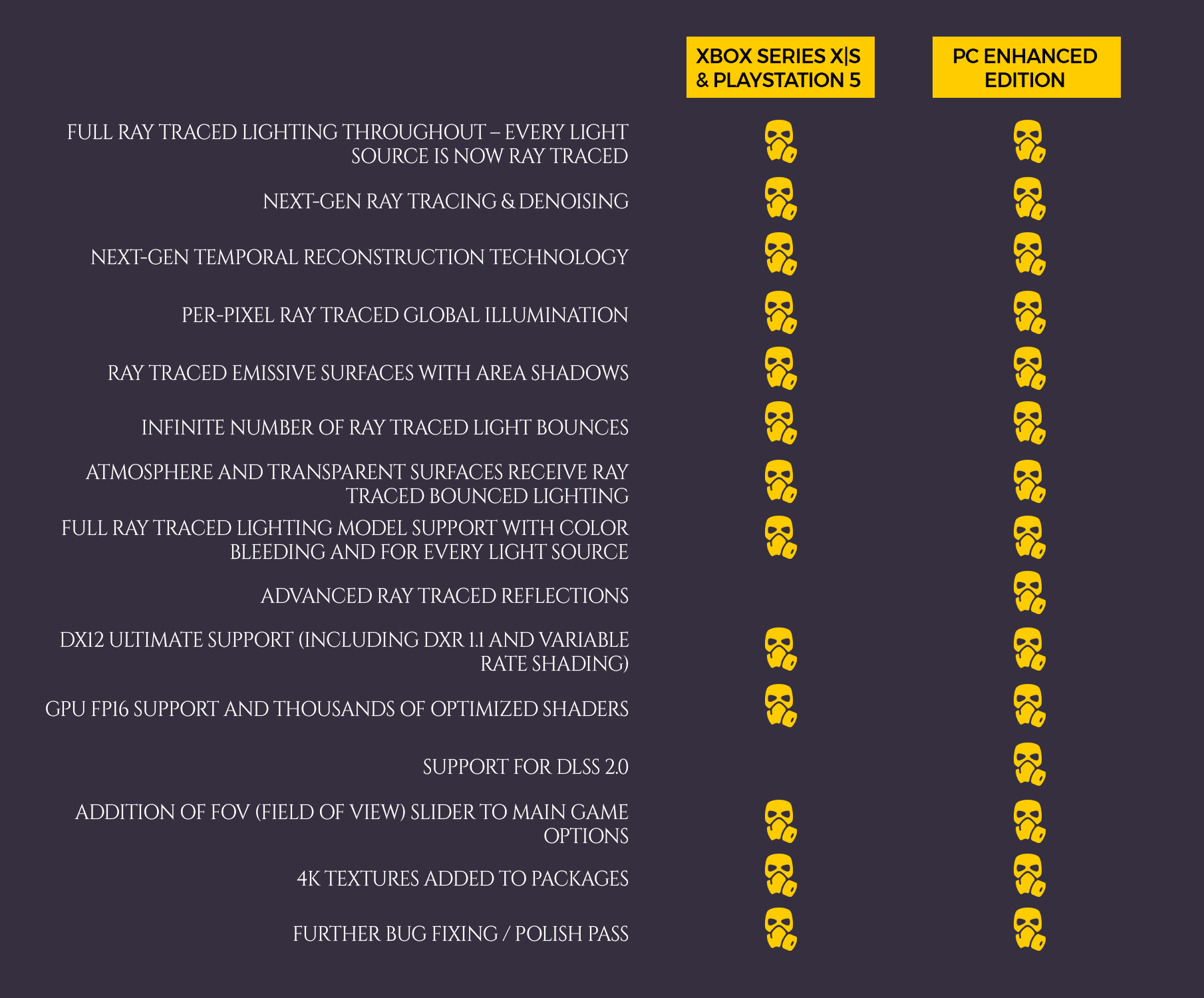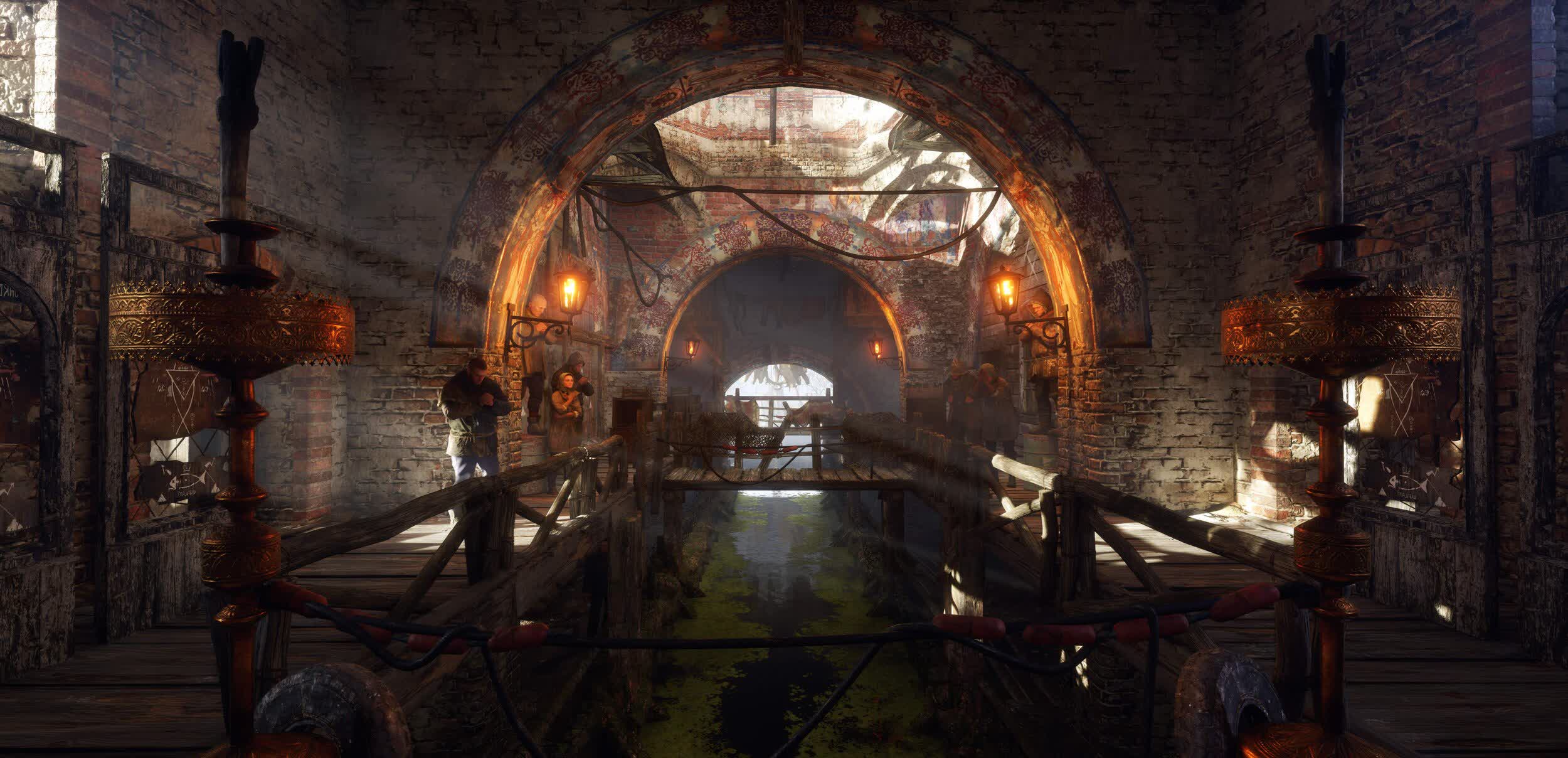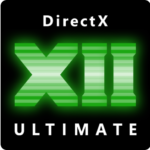TL;DR: Metro Exodus is getting a free visual upgrade for people who have been able to get their hands on the latest gaming hardware. You may recall that Metro Exodus was among the first titles to feature ray tracing, even if the hardware available at the time was somewhat underpowered and couldn't do it complete justice.
Screenshot above showcases Metro Exodus Enhanced Edition's new visual effects
When we tested Metro Exodus at launch, even the RTX 2080 Ti struggled to maintain a locked 60 frames per second at 1440p with ray tracing effects. Enabling DLSS helped, but only at the cost of visual quality, since Nvidia's first implementation of the technology was a bit underwhelming. However, 4A Games did promise that Metro Exodus would receive a free, next-gen upgrade for PC gamers as well as next-gen consoles.
Today, the studio announced the Metro Exodus Enhanced Edition, which brings a "fully ray traced experience" that takes advantage of the newest hardware (which is notoriously hard to acquire thanks to scalpers, miners, and other supply issues). Mac and Linux gamers are also getting the game this spring.
Metro's dev studio says it has built an all-new, fully ray-traced lighting pipeline that allows a host of new optimizations and visual upgrades to ray-traced global illumination, emissive lighting, and temporal reconstruction technology introduced with the original release.

For Nvidia card owners, there's also support for the much-improved DLSS 2.0, but there's no word if the game will support AMD's upcoming equivalent that is based on DirectML.
It's worth noting that Metro Exodus Enhanced Edition will be a separate download, as this isn't just a patch for the base game. The spec requirement to run the new game is to own either an Nvidia RTX graphics card or an AMD Radeon 6000 series graphics card, otherwise it just won't launch.
For console owners, the Enhanced Edition won't include advanced ray tracing reflections, but will sport the rest of the visual upgrades including 4K textures. Load times should be faster thanks to optimizations added specifically to take advantage of the storage architecture on the new consoles. And there's also added support for some platform-specific features such as spatial audio on Xbox Series X/S and haptic feedback on PlayStation 5's DualSense controller.
4A is aiming for the Enhanced Edition to run at 4K 60 FPS on PlayStation 5 and Xbox Series X with ray tracing enabled, while the Xbox Series S will only be able to run at 1080p 60 FPS. However, most of you will no doubt appreciate the ability to change the FOV, which will be possible on all consoles.
There is no set release date for consoles yet, 4A Games has planned to launch Mac and Linux versions of the game, starting with the macOS version in March. The PC release will be unleashed this April or May.
https://www.techspot.com/news/88637-metro-exodus-enhanced-edition-arrives-later-year-dlss.html



